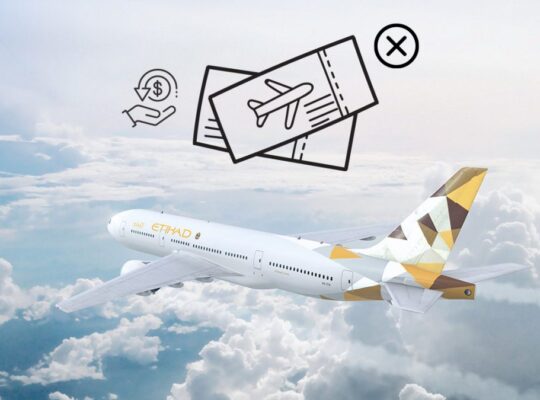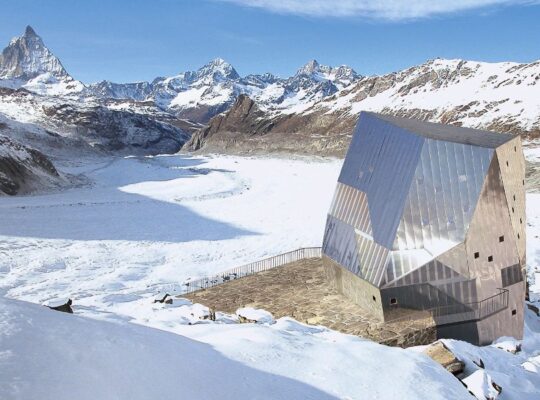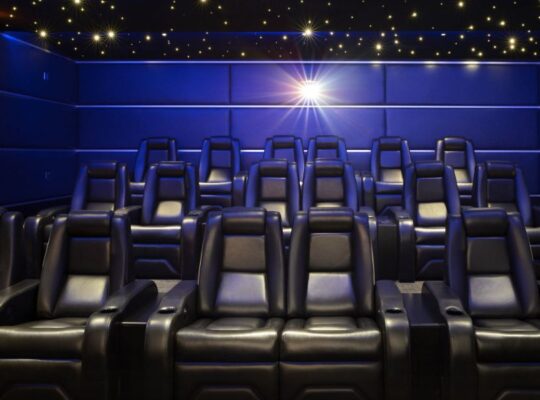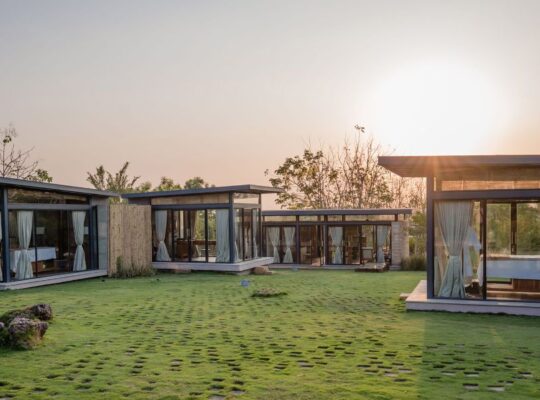Embarking on a solo trek is a journey of self-discovery, adventure, and stepping out of your comfort zone. But in today's tech-driven world, we can use gadgets to stay connected, informed, and most importantly, safe. Join us as we explore the tech twists that made my solo trek an unforgettable experience.
The Power of Smartphones
Multifunctional Travel Companion
Smartphones are indispensable on solo treks. They serve as a communication device, navigation tool, camera, and source of entertainment. Apps like Google Maps and offline GPS maps help me find my way even in remote areas.
Emergency Communication
In case of emergencies, smartphones can be a lifeline. I carry a power bank and a satellite phone as backup for areas with poor cellular reception.
GPS and Navigation Gadgets
Portable GPS Devices
Dedicated GPS devices are more robust in the outdoors than smartphones. They provide accurate navigation and are built to withstand rugged terrain.
Wearable GPS Trackers
Wearable GPS trackers like Garmin inReach offer two-way communication, weather updates, and an SOS feature, providing peace of mind in isolated areas.
Keeping It Light: Solar Chargers
Harnessing Solar Power
Solar chargers keep my gadgets powered on extended treks. They are lightweight and eco-friendly, providing a sustainable energy source.
Solar-Powered Lanterns
For a dual-purpose gadget, solar-powered lanterns not only light up camp but can also charge your devices during the day.
Portable Water Filtration Systems
Clean Drinking Water
On remote treks, clean drinking water can be a challenge. Portable water filters and purifiers ensure I have a safe and convenient water source.
SteriPEN: UV Water Purification
The SteriPEN uses UV light to kill waterborne pathogens, making it a compact and efficient choice for purification.
Emergency Communication Gadgets
Personal Locator Beacons (PLBs)
PLBs are a last resort for emergencies. They send a distress signal to rescue services, ensuring you can call for help when no other communication options are available.
Two-Way Radios
For group treks or communication with locals, two-way radios are invaluable. They work well in areas with little or no cell service.
Final Words
My solo trek with a tech twist was an incredible adventure. Staying connected and safe is essential, and the right gadgets can make all the difference. From GPS devices to portable water filtration systems, technology enhances the solo trekking experience. Stay safe, stay connected, and explore the world with confidence.
Commonly Asked Questions
Q1: Can I rely on smartphones for navigation in remote areas?
Smartphones are great for navigation, but they may lack durability and battery life in remote areas. Consider carrying a dedicated GPS device or offline maps as a backup.
Q2: How do I keep my devices charged on a solo trek?
Solar chargers and portable power banks are excellent options for keeping your devices charged. Prioritize power conservation to make your charge last longer.
Q3: Are satellite phones necessary for all solo treks?
Satellite phones are essential for extremely remote treks or treks in areas with no cell service. Assess the connectivity of your chosen location before deciding to carry one.
Q4: What's the difference between water filters and purifiers?
Water filters remove debris and bacteria, making water safe to drink in most cases. Water purifiers, such as UV pens, kill viruses and are suitable for more challenging water sources.
Q5: How do I choose the right personal locator beacon (PLB)?
When choosing a PLB, consider factors like battery life, water resistance, and the availability of international coverage. Also, ensure it meets safety regulations in your region.












